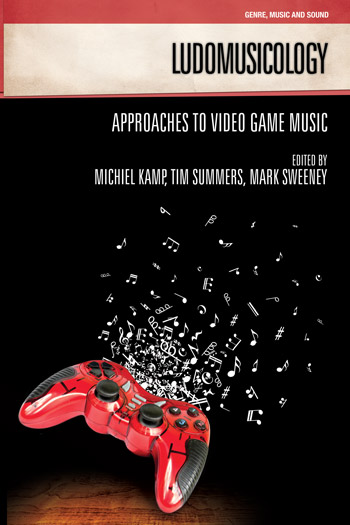Remixed Metaphors: Manipulating Classical Music and Its Meanings in Video Games
Ludomusicology - Approaches to Video Game Music - Michiel Kamp
William Gibbons [+]
Texas Christian University
Description
Though they differ significantly in terms of game design, the console role-playing game Eternal Sonata (Tri-Crescendo/Namco, 2008) and the mobile rhythm game Frederic: Resurrection of Music (Forever Entertainment, 2012) feature the same unlikely protagonist: nineteenth-century composer Frédéric Chopin. Given the non-linear narratives typically required of modern games, portrayal of real-life figures as major characters in video games remains relatively uncommon. Thus despite Chopin’s central role in both games, neither could be considered a 'biogame’ analogous to film’s ‘biopics’; they simultaneously appease the narrative demands of gaming and appeal to audiences not normally oriented toward Classical music by featuring a stylized version of Chopin extracted from his historical context and juxtaposed with a more typical video-game environment. Chopin’s music features as prominently as the composer himself in both Frederic and Eternal Sonata, albeit in strikingly different settings. Much of the music in Eternal Sonata is newly composed, and makes no obvious reference to Chopin’s oeuvre. Breaks between the game’s ‘chapters,’ however, feature full-length performances of popular Chopin pieces played in a traditional manner by well-known Chopin interpreter Stanislav Bunin, visually accompanied by digital slideshows of relevant real-world locations and biographical narratives about the composer. Eternal Sonata’s treatment of Chopin’s works as objects of reverence and contemplation create moments that break free of the game’s narrative conceits, juxtaposing real and fictional worlds and framing the story as mise en abyme–videogaming as allegorical biography. The soundtrack to Frederic, by contrast, includes mostly electronic dance-style remixes of Chopin’s music, drastically altering the original pieces to fit into this new genre. Despite these significant differences in presentation, in both Frederic and Eternal Sonata the music forms part of a large-scale stylistic juxtaposition. The games both implicitly and explicitly revel in the fundamental contradictions: ‘high’ and ‘low’ art: classical and popular musics; artistry and play; reality and fiction; and art as opposed to gaming. These ‘high-concept’ contradictions—ironically arising in what has been called a fundamentally unartistic medium—call into question the very idea of art in a postmodern era. Furthermore, Eternal Sonata and Frederic highlight the implications of pre-existing classical music as an aural and conceptual element of recent games writ large.






